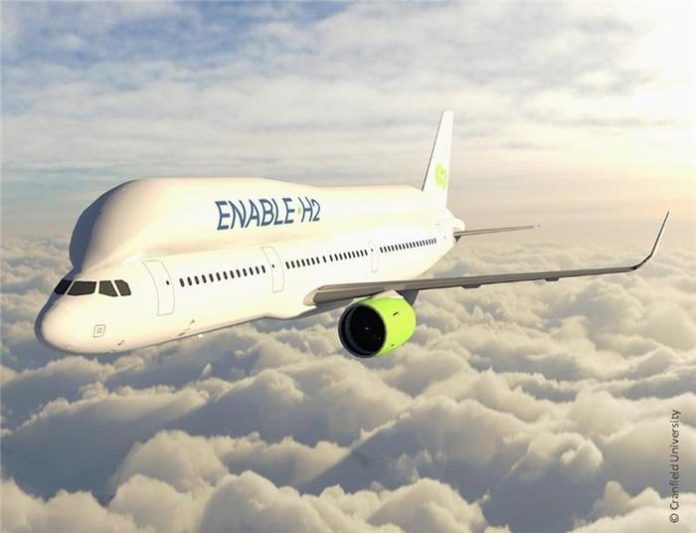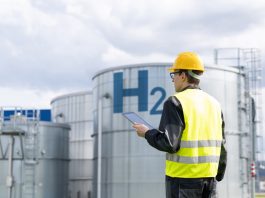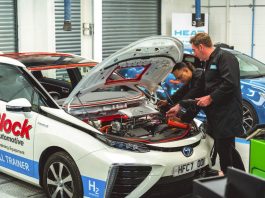The possibility of hydrogen-powered aircraft means greater opportunities for fossil-free travel, and the technological advances to make this happen are moving fast.
New studies from Chalmers University of Technology show that by 2045, almost all air travel within a 750-mile radius could be made with hydrogen aircraft.
Moreover, with a novel heat exchanger currently in development, this range could even be further.
“If everything falls into place, the commercialisation of hydrogen flight will be really fast. As early as 2028, the first commercial hydrogen flights in Sweden could be in the air,” said Tomas Grönstedt, Professor at Chalmers.
The future of short-range hydrogen aviation
For hydrogen aircraft, short and medium-range flights are the closest to being commercialised.
A recently published study from Chalmers shows that hydrogen-powered flights have the potential to meet the needs of 97% of all intra-Nordic flight routes and 58% of the Nordic passenger volume by 2045.
For this study, the researchers assumed a maximum flight distance of 750 miles and the use of an existing aircraft model adapted for hydrogen power.
The study, led by doctoral student Christian Svensson in Tomas Grönstedt’s research group, also showcased a new fuel tank that could hold enough fuel and was insulated enough to hold the super-cold liquid hydrogen.
At the same time, it was lighter than today’s fossil-based fuel tank systems.
Novel heat exchangers for better fuel consumption
Heat exchangers are vital to hydrogen aviation and are key to technological advancements.
To keep the fuel systems lightweight, the hydrogen needs to be in liquid form. This means that the hydrogen is kept supercool in the aircraft, typically around -250°C.
To transfer the heat between the supercool hydrogen and the engine, novel types of heat exchangers are needed.
To meet this challenge, Chalmers researchers have been working for several years to develop a completely new type of heat exchanger.
The technology, which is now patent pending by partner GKN Aerospace, takes advantage of hydrogen’s low storage temperature to cool engine parts and then uses waste heat from the exhaust gases to preheat the fuel several hundred degrees before it is injected into the combustion chamber.
Carlos Xisto, Associate Professor at the Division of Fluid Mechanics at Chalmers, explained: “Every degree increase in temperature reduces fuel consumption and increases range. We were able to show that short- and medium-haul aircraft equipped with the new heat exchanger could reduce their fuel consumption by almost 8%.”
Working to achieve climate pledges
The work to develop solutions for hydrogen aircraft of the future is taking place on a broad front, with governments, universities and private companies working together.
Whilst the technology is well advanced, the challenges lie in the large investments required and in developing infrastructure, business models, and partnerships to produce, transport, and store hydrogen so that the transition to hydrogen flight is possible.
A total transition is expected to require around 100 million tonnes of green hydrogen annually.
Grönstedt said: “There are industry expectations that 30-40% of global aviation will be powered by hydrogen by 2050.
“It is likely that for a number of years to come, we will need a mix of aircraft that run on electricity, less environmentally harmful e-jet fuel and hydrogen.”
He concluded: “But every aircraft that can be powered by hydrogen from renewable energy reduces carbon dioxide emissions.”









